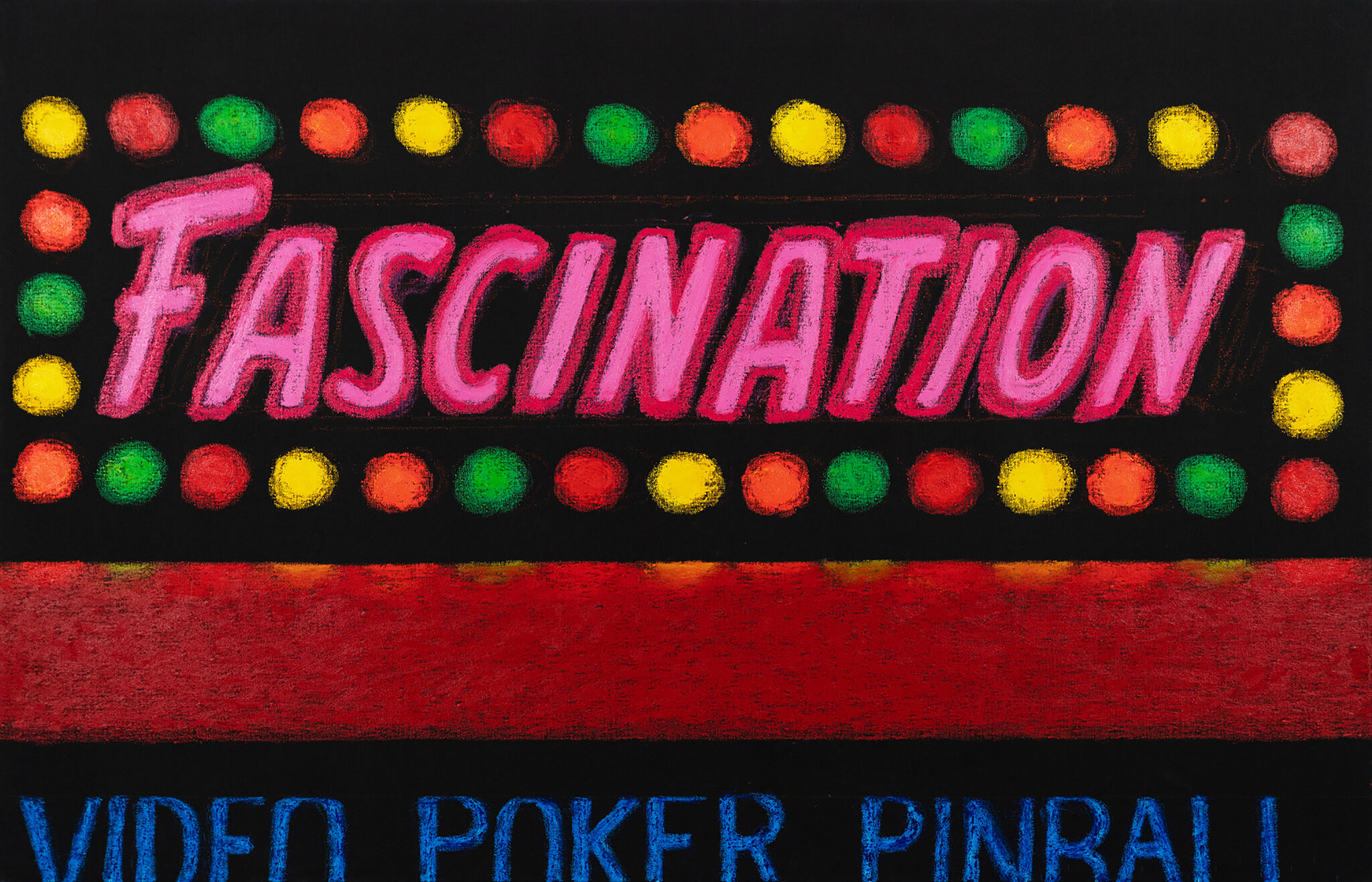Jane Dickson
“I chose to be a witness to my time, not to document its grand moments but to capture the small telling ones, the overlooked everyday things that define a time and place.”
— Jane Dickson
The artist Jane Dickson was born in 1952 in Chicago, Illinois, and lives in New York City. As Dickson explains, “I started making pictures as a child in Chicago to locate myself within a chaotic family: ‘This is where I am right now and this is how it feels.’” At a young age, Dickson recalled, “It dawned on me then that all the artists I admired were men. There didn’t seem to be a slot for women as artists . . .” In the fall of 1977, “the city was burning, broke, and dangerous,” describes Dickson when she arrived in New York. She initially worked for an animator and then started designing animations for the first digital billboard in Times Square. The artist lived in a loft on 43rd Street, where she began drawing and photographing her action-packed and chaotic neighborhood.
With works like Fascination Sign 1 (2020), made with oil stick on linen during the COVID-19 pandemic, Dickson returns to photographs she took of Times Square in the 1980s and her subtle representations of a long-gone urban environment. The artworks conjure commonplace consumer imagery that might easily be overlooked. During the 1980s, New York City was coming out of the 1970s economic crisis. This moment was impacted by urban redevelopment, tough law enforcement, heightened consumerism, and a lack of government action at the beginning of the HIV/AIDS pandemic. As the artist explains, “I spent much of the anxious quiet of quarantine scanning my ‘80s negatives, which I hadn’t looked at since then, my own documents of the lost world of that previous pandemic.” The paintings in the Biennial are based on these earlier photographic images.
Activities
Artist as Observer
How can you creatively express the overlooked or misunderstood?
Dickson’s oil stick on linen artworks, which draw from photographs she took in the 1980s, highlight changing and sometimes overlooked urban environments. As the artist acutely observes, “Now is mostly unrecognizable as it’s unfolding.” Encourage students to have a dialogue about changing, overlooked, ignored, or stereotyped places in their neighborhoods or communities. Ask them to consider how they could make people aware of the positive aspects of their surroundings to rectify misconceptions. Have students choose how they can visually communicate their discoveries. Engage students in deciding how their works will be displayed in order to enhance their efforts to change viewers’ points of view.
Artist as Storyteller
How do you make others aware of change?
“Everyone lives in a double helix of then and now, new experience entwining with past,” Jane Dickson reflects. Have students think about changes they’ve noticed in their neighborhoods or communities. Ask them to choose a place that represents those changes. Have each student write a story that includes illustrations of the passage of time in their selected place. Encourage students to discuss their works and reflect on the novel ways their classmates portrayed changes in their environments.
Artist as Experimenter
How do you depict the way places make you feel?
Dickson states, “One of my subjects is how do spaces make you feel?” Ask students to think about their favorite place. Have them discuss in detail, for example, the colors, sounds, scents, etc. that they might encounter, and the responses, feelings, and emotions they have in their selected environments. Then invite them to create an abstract artwork that expresses their chosen place and reactions without literally depicting the site. Encourage students to converse about each other’s artistic choices and works. Have them reflect on their own emotional reactions to each other’s art.
Artist as Critic
How can you advocate for change in the world today?
Early on Jane Dickson understood the critical role of the artist, describing, “I already knew I didn’t want to escape the challenges of my time in some cabin in the woods.” She adds, “It dawned on me then that all the artists I admired were men. There didn’t seem to be a slot for women as artists . . .” Encourage a discussion amongst students regarding contemporary issues they see in the world today that concern them. Ask them to distill their ideas and create a phrase, slogan, or hashtag that expresses their opinions. Invite students to think about what images could accompany their selected text. Then have them create posters that combine their words and images.
Additional Resources
janedickson.com: Artist’s website.
Juxtapoz: Interview with Jane Dickson.
Hyperallergic: Interview with Jane Dickson.

